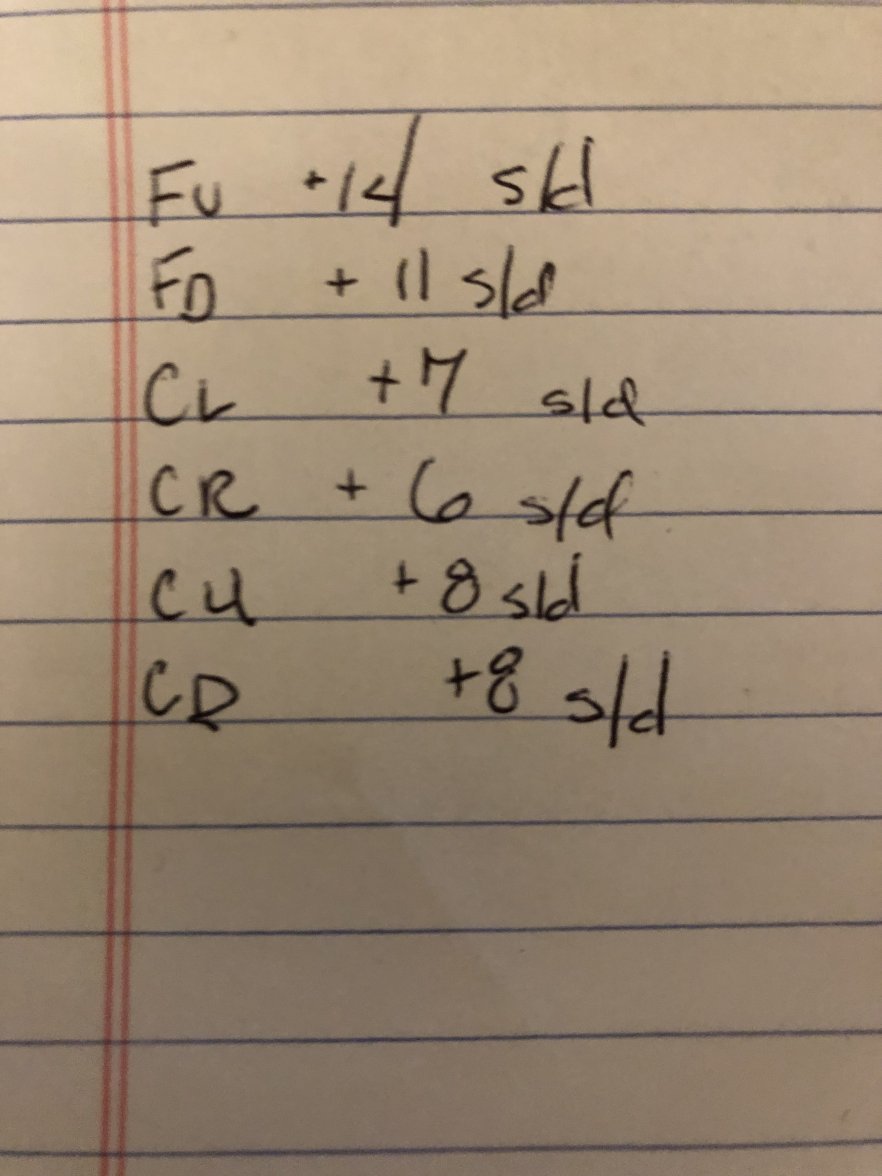mtosieja
·Hi! In need of some advice! I have a Rolex 16660 with a 3035 movement that was running -40s/d on average... so I figured I should get it serviced which I did. After the service I tested the watch again and it’s running on average a +9 s/d with a .2/.3 beat error... would you say this is good/acceptable for a watch this age. Below are the timing for 6 positions

